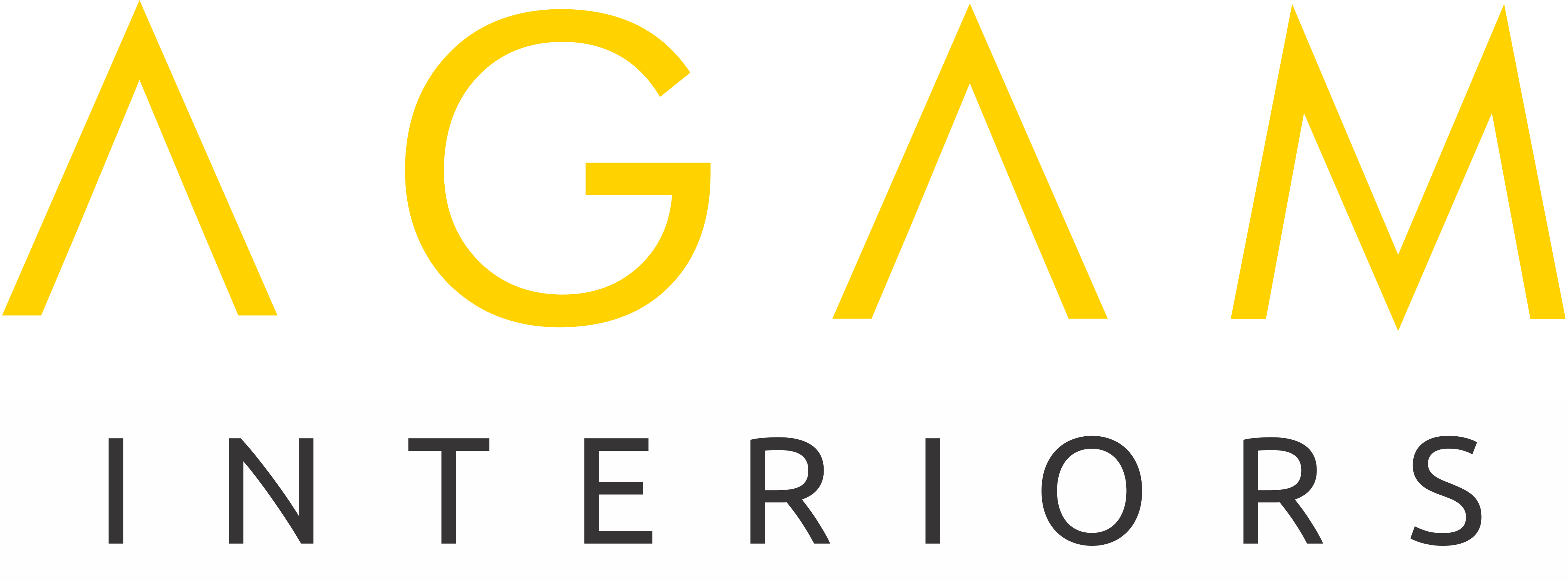Courage is not the absence of fear, but rather the judgment that something else is more important than fear
Wooden partitions are a classic and versatile choice for office spaces, offering a blend of natural warmth, elegance, and functionality. They can be customized to suit various design styles, from traditional to contemporary, and can be used to create different types of workspaces within an office. Here are some key aspects and benefits of using wooden partitions in an office setting:
Key Features:
- Aesthetic Appeal:
- Natural Warmth: Wood adds a touch of natural warmth and sophistication to office interiors.
- Variety of Finishes: Available in a wide range of finishes, including varnished, stained, painted, or natural, to match the office decor.
- Design Versatility: Can be customized with various patterns, carvings, or panel designs to suit different aesthetic preferences.
- Durability:
- Strong and Sturdy: High-quality wood can provide a durable and long-lasting partition solution.
- Resistant to Wear: Properly treated and maintained wooden partitions can resist wear and tear over time.
- Acoustic Properties:
- Sound Insulation: Wood has natural sound-absorbing properties, helping to reduce noise levels and create quieter work environments.
- Customizable Design:
- Panel Options: Can be combined with other materials like glass, metal, or fabric to create unique and functional designs.
- Configurations: Available in various configurations, including full-height, half-height, and modular designs, to suit different office layouts and needs.
- Eco-Friendly:
- Sustainable Material: Wood is a renewable resource, and using sustainably sourced wood can be an environmentally friendly choice.
- Biophilic Design: Incorporating natural materials like wood into office design can improve employee well-being and productivity.
Types of Wooden Partitions:
- Solid Wood Partitions:
- Made entirely from solid wood, offering a traditional and robust look.
- Ideal for creating permanent and high-quality partitions.
- Veneered Partitions:
- Consist of a thin layer of high-quality wood veneer over a core material like plywood or MDF.
- Provide the appearance of solid wood at a lower cost.
- Louvered Partitions:
- Feature horizontal slats (louvers) that allow air and light to pass through while providing visual separation.
- Suitable for spaces where ventilation and partial visibility are desired.
- Glass and Wood Combination Partitions:
- Combine wooden frames with glass panels to create partitions that offer transparency and a sense of openness while maintaining the natural appeal of wood.
- Commonly used in modern office designs.
- Acoustic Wood Partitions:
- Designed with acoustic panels or features to enhance sound insulation and reduce noise levels in busy office environments.
Applications:
- Office Cubicles: Create individual workspaces within an open office layout.
- Meeting Rooms: Form enclosed spaces for meetings, discussions, and conferences.
- Reception Areas: Design attractive and functional reception and waiting areas.
- Private Offices: Provide private spaces for executives and managers.
- Decorative Elements: Use as decorative room dividers or feature walls to enhance the office aesthetics.
Installation Process:
- Design and Planning: Determine the layout and design of the partitions, including the choice of wood type, finish, and panel design.
- Framework Construction: Build the wooden framework according to the planned layout, ensuring it is securely fixed to the floor and ceiling if needed.
- Panel Attachment: Attach the wooden panels or combined materials to the framework, ensuring they are properly aligned and secured.
- Finishing Touches: Sand, stain, paint, or varnish the wooden surfaces as needed, and add any necessary trim or seals to complete the installation and ensure a polished look.


